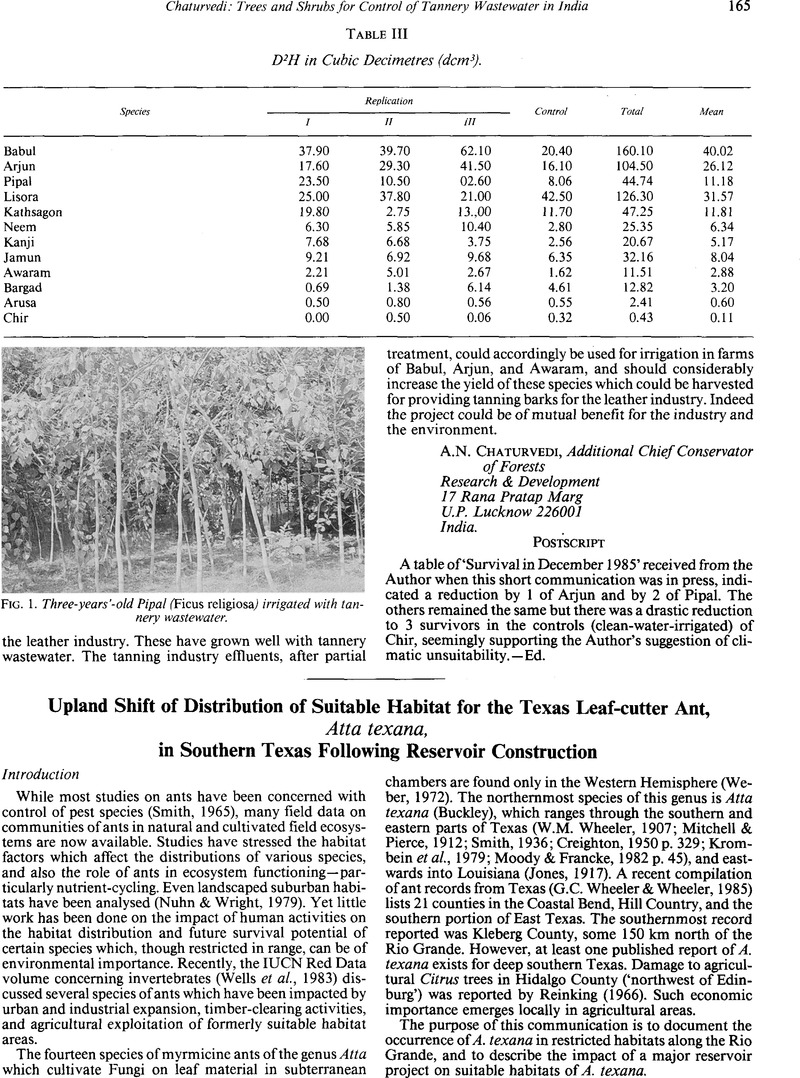Crossref Citations
This article has been cited by the following publications. This list is generated based on data provided by Crossref.
Helms Cahan, S.
and
Helms, K. R.
2012.
Relatedness does not explain geographic variation in queen cooperation in the seed-harvester ant Messor pergandei.
Insectes Sociaux,
Vol. 59,
Issue. 4,
p.
579.



